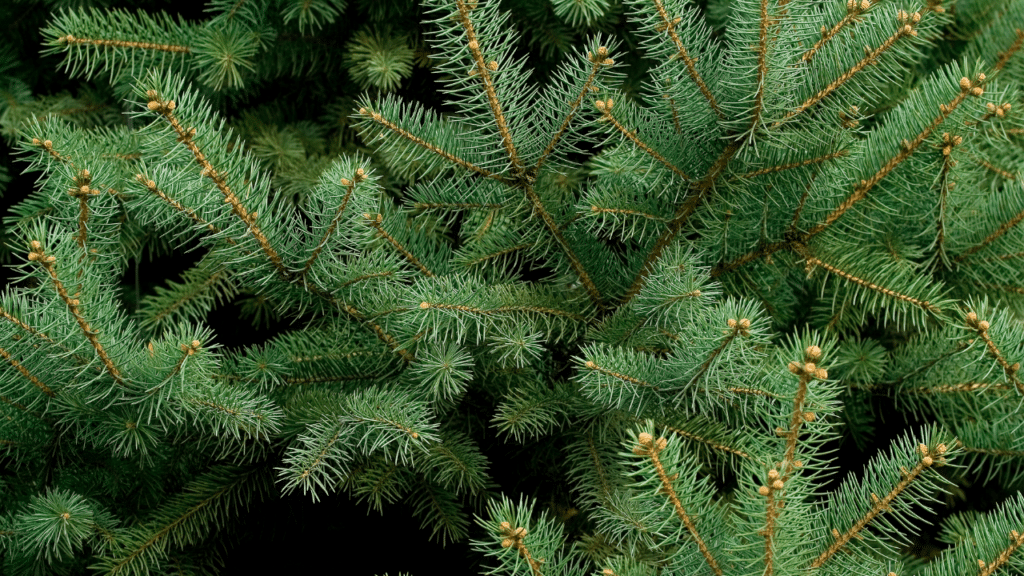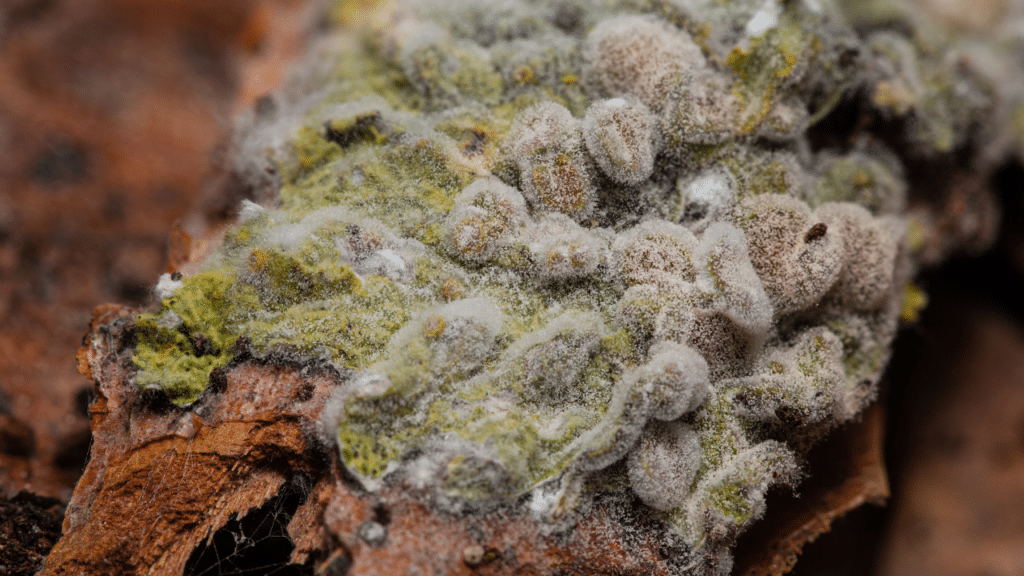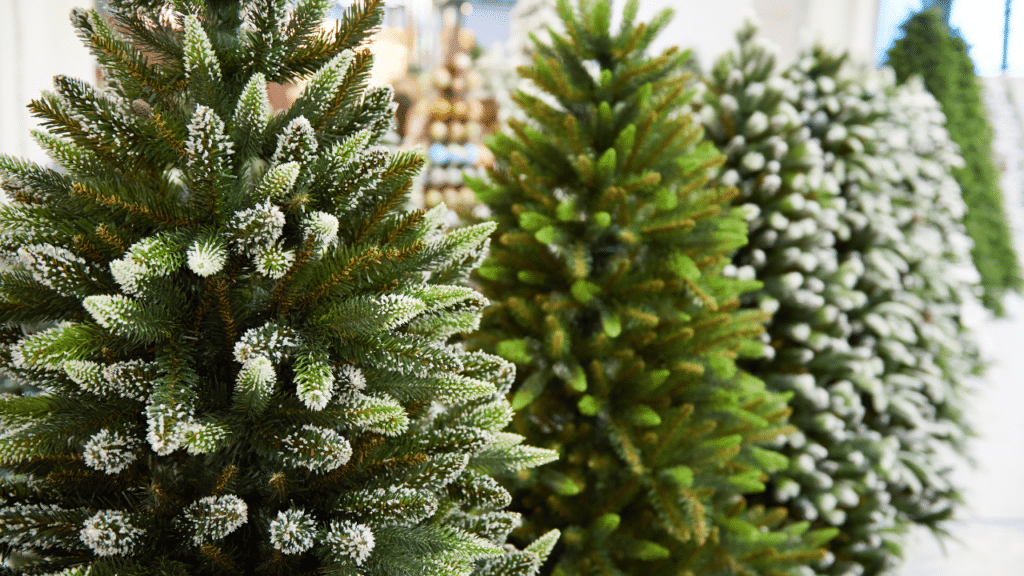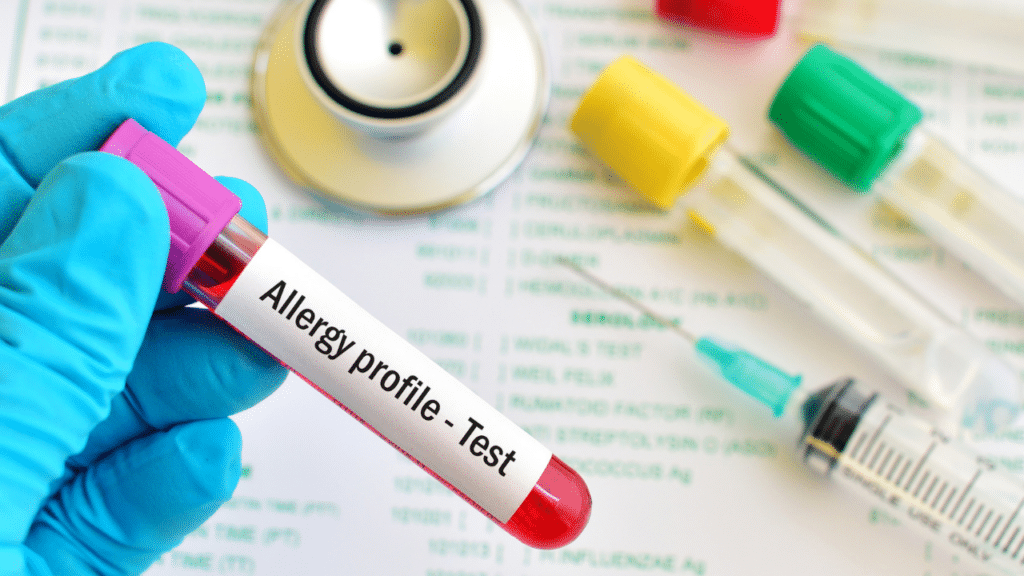The holiday season is a time of joy and celebration, with traditions like decorating Christmas trees bringing warmth to many homes. However, for some individuals, this festive activity can lead to unexpected health issues, commonly referred to as “Christmas Tree Syndrome.” This condition encompasses a range of allergic reactions triggered by both real and artificial Christmas trees. Understanding the causes and preventive measures is critical to ensure a healthy and enjoyable holiday season.

The Allure and Risks of Real Christmas Trees
Real Christmas trees, such as pines and firs, are cherished for their natural beauty and fragrance. Yet, they can harbor allergens that may affect sensitive individuals. A 2011 study conducted by SUNY Upstate Medical University revealed that a sample of Christmas trees tested carried about 50 types of mold, two-thirds of which could cause hay fever-like symptoms.

These molds can exacerbate allergy symptoms, including sneezing, watery eyes, and itchy noses.
Further research in 2007 found that the presence of a live Christmas tree could significantly increase indoor mold spore counts. Mold counts in the air grew while the tree was in the room and did not return to normal levels until it was removed. This suggests that live trees can contribute to indoor air quality issues, particularly for those sensitive to mold.
This suggests that live trees can contribute to indoor air quality issues, particularly for those sensitive to mold.

Artificial Trees: Not Always a Safe Alternative
While artificial trees eliminate concerns related to plant-based allergens, they are not entirely free from issues.Not storing trees correctly can lead to the accumulation of dust, mold, and other irritants. Additionally, materials used in manufacturing artificial trees may cause sinus irritation in sensitive individuals. Therefore, regardless of the type of tree, it’s advisable to clean it thoroughly before bringing it into your home.
Preventive Measures to Reduce Allergy Symptoms
To minimize allergy symptoms associated with Christmas trees, consider the following steps:
- Clean Your Tree: For real trees, shake off as much debris as possible before bringing them inside. Rinsing the tree with a hose and allowing it to dry in a warm area for a couple of days can also help. Using a tool like an air compressor to blow off any debris is an alternative to avoid the drying process. For artificial trees, wipe them down to remove dust and potential mold spores.
- Proper Storage: Store artificial trees and decorations in containers that are air tight and stored in a cool, dry place to prevent dust and mold accumulation.
- Limit Exposure Time: Keep live trees indoors for no more than a week to reduce mold growth.
- Use Air Purifiers: Running a high-performance air purifier in the same room as the Christmas tree can help keep mold spores in check.

When to Consider an Allergy Blood Test
If you experience persistent allergy symptoms during the holiday season, it may be beneficial to undergo an allergy blood test. Services like Walk-In Lab offer comprehensive testing that can identify specific allergens responsible for your symptoms. Understanding your sensitivities allows for targeted management strategies, ensuring that holiday traditions like decorating the Christmas tree remain enjoyable and symptom-free.
In conclusion, while Christmas trees are a beloved symbol of the holiday season, they can introduce allergens that trigger discomfort in sensitive individuals. You can enjoy the festivities without compromising your health by implementing preventive measures and considering professional allergy testing.

